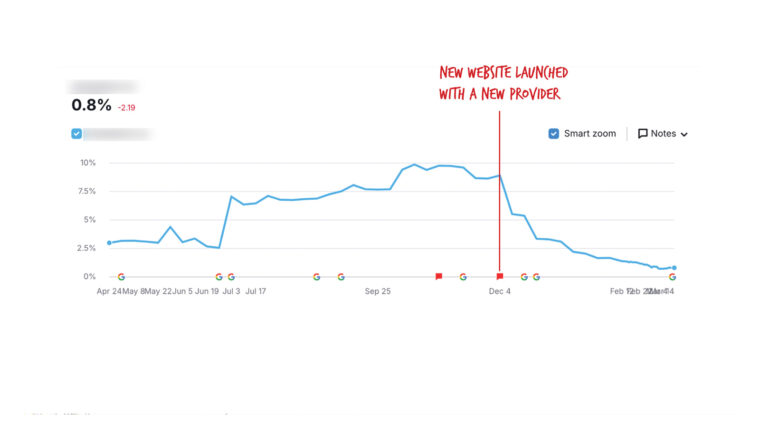LinkedIn Article: 28th March 2025 The focus of this article is Southland Marketing and how we tell our story differently.

Over the years, people have often asked me, “Who’s your biggest competition in Southland?” My answer’s always been the same: no one. If we’re competing with anyone, it’s ourselves.
That’s not about arrogance—it’s about mindset. We don’t focus on what others are doing, because we can’t control that. All we can do is make the most of what we’ve got and aim to be better than we were yesterday.
Marketing Southland in Competition or through Collaboration?
Whilst we may not see others as competition, the truth is, there are heaps of incredibly talented creatives and marketers [based] in this region (making up our own unique ecosystem), doing great work. Not to mention the local agencies who have real skin in the game, employing people who spend their income locally, who drive our roads, contribute to our rates, coach/manage and support kid’s sports teams (and maybe yell a bit too loud from the sidelines—guilty!), people who get stuck into school fundraisers and are genuinely embedded in their/our community.
They’re also sponsoring sports clubs and volunteering time and services for organisations. We’re championing not-for-profits like the Southern Charity Hospital, the Arts Community, Hawthorndale Care Village and more!
We’re showing up for the causes that matter, often quietly and without fanfare, because that’s just how it’s done here. That’s Southland.
So when it comes to comparisons, like anything in life, no two things are exactly the same. But we do share something: a love for the region, and a deep understanding of how it works. This is a place where a handshake still means something—and we love that.
I remember an American sales consultant once asking, “How do you reach a CEO at this company, or a Partner at that firm?” I said, “Well… I just ring and ask for them.” And most of the time? They’ll put me through.
A good reputation still opens doors. People still pick up the phone. This is a region built on trust, authenticity, and good old-fashioned follow-through.
That’s why marketing here needs more than just strategy. It needs connection.
At Back9 Creative, that’s what we’re all about.
Yes—we design and build (bloody good) websites and apps.
But at our core, we’re here to empower businesses to thrive in an ever-evolving digital world. We don’t just sell you into a contract and disappear—never to be seen again (until the contract’s due to be renewed that is 😉
Our team is small but mighty—driven by creating human-centred experiences, solutions focused, and execution-obsessed. From UX/UI design to web and app development, SEO, and Targeted Digital advertising – for us, it always comes back to results: leads, conversions, sales. That’s our scoreboard.
But wait! Back9 isn’t the only show in town. And we wouldn’t want it any other way.
Southland has a thriving, homegrown marketing and creative scene that we’re proud to be a part of.
Among them are some seriously capable agencies:
Naked Creative
Seasoned storytellers with real commercial depth. Naked works with major industries, manufacturers, and producers nationwide—elevating Southland voices on the national and international stage. They know how to take what makes a business unique and shape it into something compelling and competitive. They blend big-picture strategy with grounded, local authenticity.
Elm Marketing
Elm Marketing Southland has a real knack for helping businesses find and express their identity with clarity and purpose. They shine in brand development and strategic messaging that’s both practical and emotive. Their work resonates because it’s grounded in people, place, and purpose. Elm helps businesses grow while enriching Southland’s cultural and economic vibrancy.
Talk Visual
Talk Visual leads with design thinking. Their work is smart, memorable, and aligned with their clients’ values. From branding to packaging, print to signage—they make businesses look as good as they truly are. They know that Marketing in Southland, your reputation is everything, and visual impact matters just as much as substance.
We all possess unique strengths and different perspectives. And that’s what makes this region’s creative scene so special—we’re not all trying to do the same thing.
Southland businesses don’t need to look north or offshore for quality design, web development or marketing support. The talent, the strategic thinking, and the creative firepower are all right here at their fingertips. Local. Trusted. Capable.
And at the heart of it all?
Relationships. Reputation. Results.
Marketing In Southland, success isn’t just about being seen, it’s about being trusted. It’s not about chasing trends. It’s about showing up consistently, doing good work, and growing through genuine connection.
That’s what we believe in at Back9. That’s what drives us. And that’s what makes being part of this ecosystem something we’re genuinely proud of.









